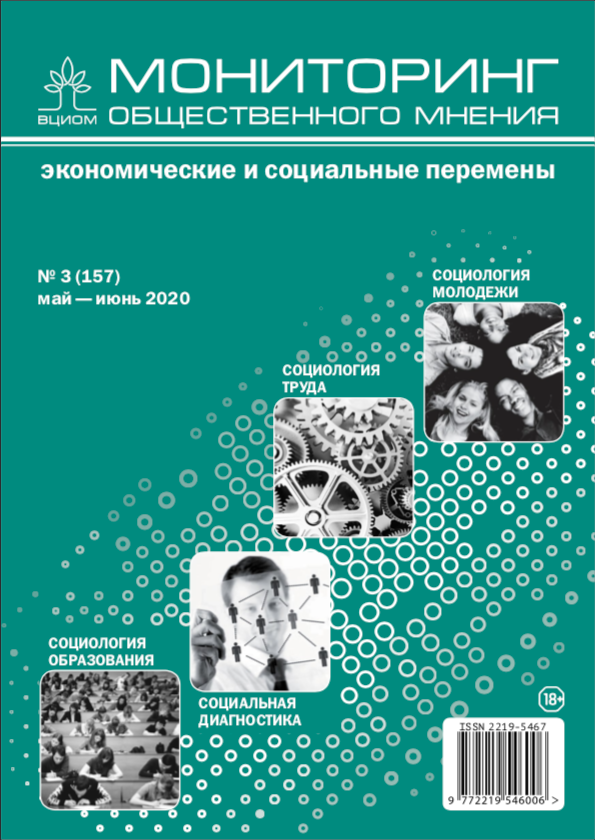Studying Online Radicalization of Youth through Social Media (Interdisciplinary Approach)
DOI:
https://doi.org/10.14515/monitoring.2020.3.1585Keywords:
youth, radicalization, far-right, extremism, terrorism, social media analytics, Big data, web miningAbstract
The article attempts to prove that interdisciplinary approach based on a combination of research tools can be helpful in studying online radicalization of youth in social media. The authors rely on international interdisciplinary studies carried out by research centers such as START, ICSR, CSEC, ISGA, etc.
The article presents an experience of a multidisciplinary team from the Tomsk Polytechnic University in creating a prototype software system to identify far-right extremist communities on Vkontakte. A new hybrid method of calendar correlation analysis (CCA) combines the speed of Big Data computing (sensitive in detecting far-right extremist communities), a mathematical model helping to identify the target group based on the group activity in the “neighborhood” of key events, and a knowledge base. This methodology helps to identify predictors of radicalization to develop criteria for the selection and labeling of trigger objects being significant for ultra-radical communities on the Russian social networking website; to create a social graph of clusters and cross-links; to predict what threats and risks the spread of radical ideologies may pose. The prototype might be used for further analysis of other social networking platforms and ultra-radical communities provided that the knowledge base is replenished and the guidelines for analyzing the information and the corresponding sociological models are adapted. The authors also propose research strategies to test their method.
Acknowledgments. The study is funded by the Science State Program as part of the project no. FSWW-2020-0014.
Downloads
Published
How to Cite
Issue
Section
License
Copyright (c) 2020 Monitoring of Public Opinion: Economic and Social Changes Journal (Public Opinion Monitoring) ISSN 2219-5467

This work is licensed under a Creative Commons Attribution-NonCommercial-ShareAlike 4.0 International License.






